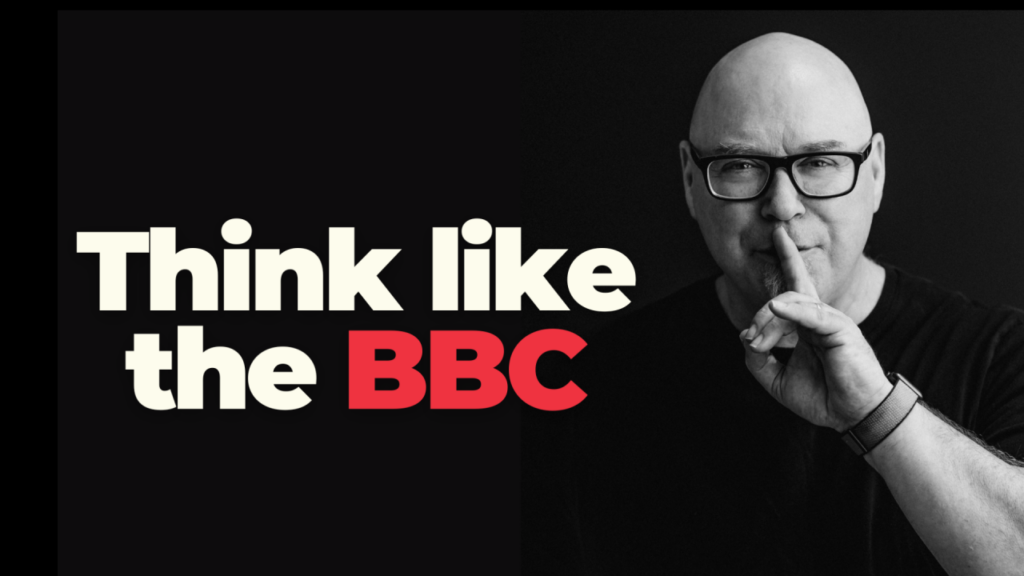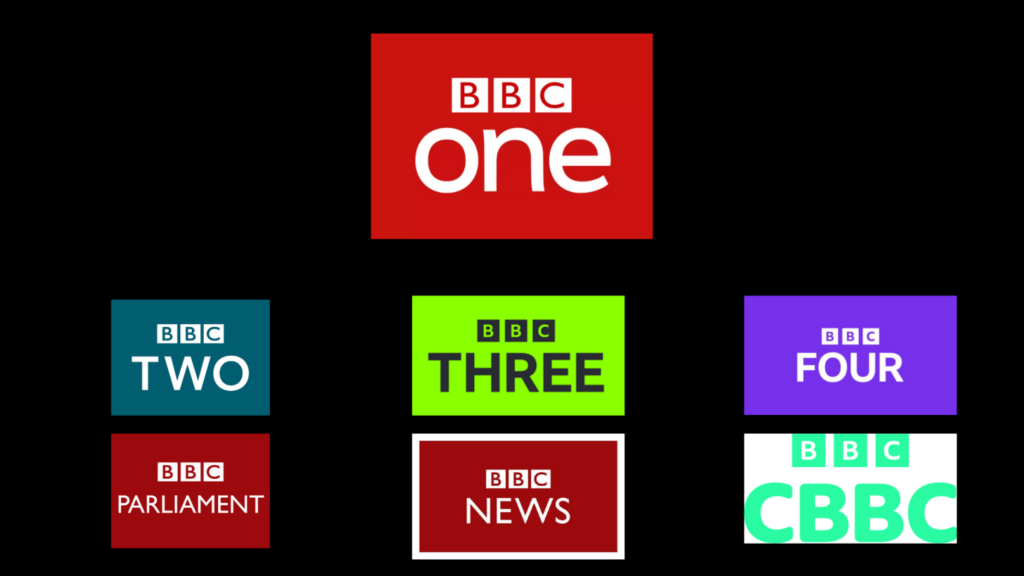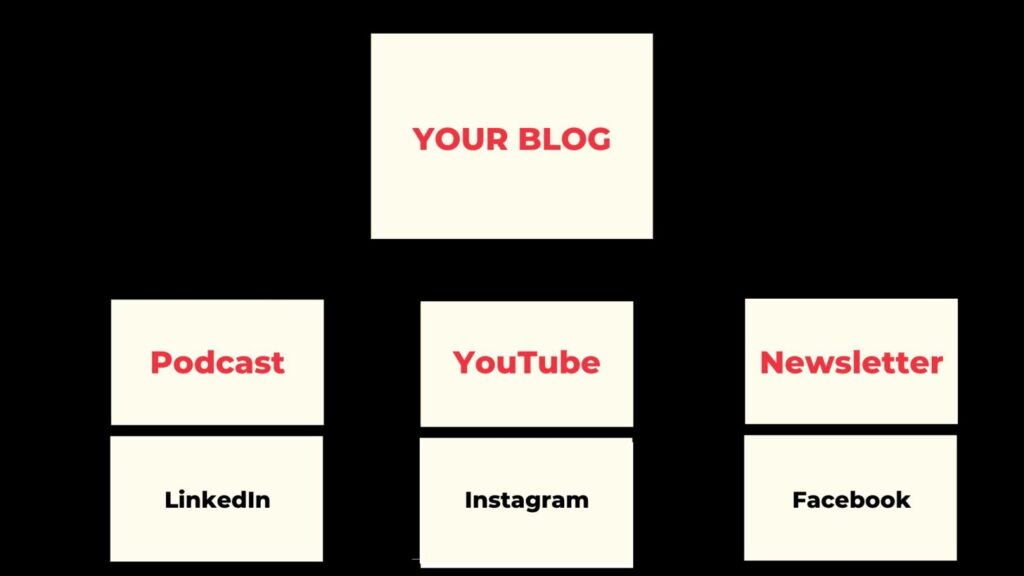
How to think like the BBC and create your own media network! 💡 WARNING: This concept is for ambitious business owners who are wanting to take their owned and social media content efforts up a notch or two.
The idea focuses on creating strategic omnipresence online, and in doing so, ‘outdoing’ your competitors by approaching things in a smarter, more purposeful way 🚀
In short, thinking like the BBC by creating your own cohesive media network! 👊
Let’s do this!
______________________________
One of the biggest challenges facing solopreneurs and owners of growing businesses today is to cut through all the noise and the clutter online, and to stand out and resonate in a respectful and purposeful way with those people who are in their target audience groups.
One way to do this is to create ‘strategic omnipresence’ for your brand in the marketplace.
Now, omnipresence obviously means being everywhere, and it’s a multichannel approach. But we don’t want to simply be everywhere generally and randomly – we want to approach things strategically.
This means being everywhere where your audience is, with the content designed to resonate with them.
I’m a huge believer in businesses becoming their own media channel so they can create their own content and grow their audience so over time they’re able to communicate directly with that audience without having to go through a third party.
I’ve been banging this particular drum for more than 15 years, and I still believe it to this day.
But now I’m taking that thinking up a notch!
Build out our own media network
I think that today, we now have the opportunity to create and build out our own media network.
I want to give you an example of what this might look like through the lens of the BBC, that veritable British media brand.
We need to think like the BBC. So what does that look like?
First thing to consider is that there are multiple channels under the BBC brand: there is BBC One, there is BBC Two, BBC Three, BBC Four — you can see where this is going!
And then there are the more specific niche channels, such as BBC Parliament and BBC News.
Of course, the BBC is much bigger than just these six channels, but you get the gist.
There is no reason why we can’t take a similar branded approach with our own media networks, and be doing it for our own businesses (on a much, much smaller scale, obviously).
Because we have the tools, we have the technology, we have the know-how … we now just need the passion and enthusiasm and the wherewithal to do it.
Let’s workshop this …
What would be your BBC One?

Your blog perhaps? It’s got all the things. It’s your master brand, your premium content hub. This could be your BBC One.
And BBC Two? Maybe that is your podcast.
BBC Three might be your YouTube channel, for example, while BBC Four could be your email newsletter.
And there’s no reason why the content can’t be repurposed and shuffled across all of these channels at various stages.
For example, I do it myself. I have a podcast that is recorded using Riverside FM. It’s recorded in video as well as audio.
So we’ve got the audio-only podcast, we’ve got a video that gets cut up into snippets and distributed via the social channels.
But I also publish the full interview on YouTube, plus I turn it into a newsletter, so every episode goes out as an issue of my newsletter.

And then we get to the more ‘specialist channels’ i.e. LinkedIn, Instagram, Facebook – these really are your BBC Parliament, your BBC News and your CBBC, so to speak.
I use all of these channels, but it’s not about coming up with new content all the time.
Granted, at least in my case, a good chunk of content for each channel is original and designed for that channel i.e. I might put different things on Instagram than what I post on LinkedIn, for example.
So let’s recap:
We have that one long-form destination show. It lives on our blog as a video or an audio player (embedded podcast) along with show notes, or a story proper.
We’ve got the podcast that people can subscribe to, we’ve got the YouTube channel, we’ve got the email newsletter – roughly the same content, just remixed and reformatted where necessary.
And then you have your ‘digital breadcrumbs’ popping up on LinkedIn, Instagram, Facebook.
Worth noting: If your business really does require it, there is no reason why each of your ‘owned’ media channels can’t have their own niche and become truly become original standalone channels, with your social media accounts acting as the distributors of your chunked down micro-content.
Folks, this is all doable!
People are doing this all the time.
I’m doing this all the time.
What I’ve outlined above is just a more strategic way of approaching your content production and distribution.
And let’s face it, we’re all busy – we’ve got to be smarter with what we’re doing as a business owner, because we are (or at least, should be) also content creators, and of course, now we are now proprietors of our own media network as well.
Onwards!



Leave a Reply